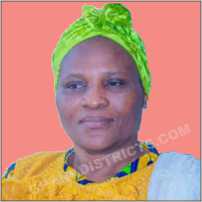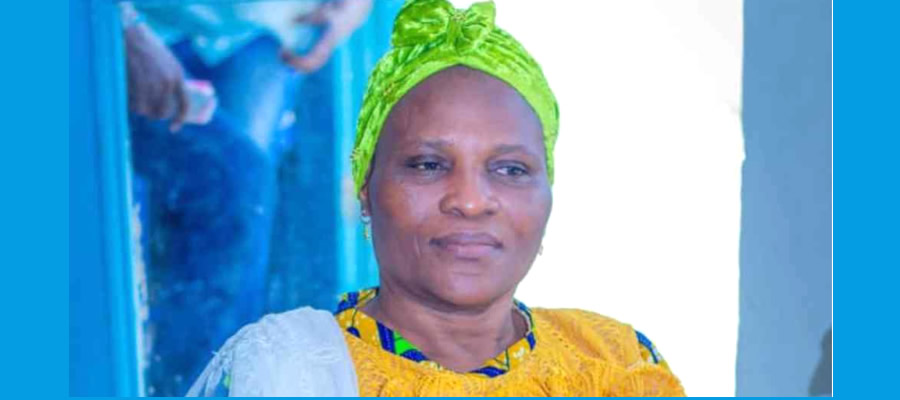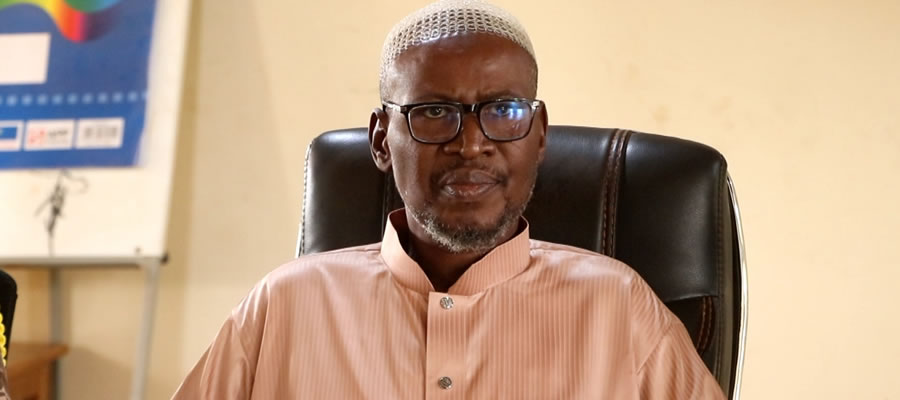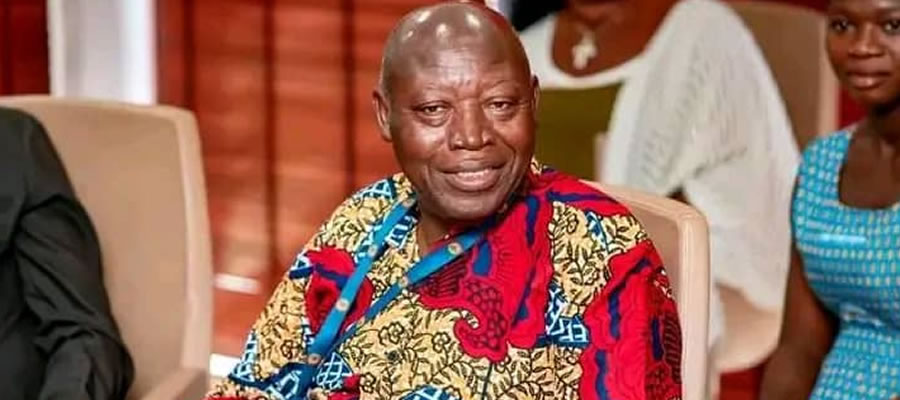

Number of children in school
As at 2015/2016 academic year, the district had 76.0%, 73%, 55% and 42% of pupils in KG, primary, JHS and SHS schools respectively. This means that we still have many more children not accessing education in the respective levels. Also as the levels increases a lot of pupils drop out, get repeated, and transfer out of the schools to different schools in different localities. In the case of the SHS, most of the children fail and end up not placed.
Number of Schools in the District
Over the four year period from 2014-2017, there has been a marginal increase in the number of schools in the District. For KG there has been an increase from 51 in 2013/2014 academic year to 54 in the 2015/16 academic year. However, the number deceased to 52 in 2016/2017. This is due to closure of two private schools (KG). The closure is as a result of inadequate pupils due to school feeding programme in nearby schools. Junior High Schools increased from 24 in 2013/14 to 29 in 2016/17.
Completion rate at the primary school level has experienced fluctuations over the four- year period hovering around 83%. The 2015/16 saw an increase to 89.90% but declined to 84.50% in 2016/17. The picture with regards to JHS is even worse. About 37% of pupils do not complete school. Migration to other parts of the country in search for menial jobs and activities of galamsey account for this trend
Enrolment at KG
Over the period under review, GER at this level has experienced tremendous increase. It clearly indicates that many more children are in school within the age cohort. It also indicates that, there are a good number of under-aged and over aged children at this level. The national target of 100% has been achieved with female GER at 172.7% and male GER at 161%.
Recording 94.5% for NER, it has also achieved the national target of 90%. It states that pupil are attending school at their right ages (4-5yrs). The female NER stood at 98% and male 91.4% further explaining that many more girls are attending school at their right ages at this level than their boys counterparts. Also at this level, the district has achieved parity of 1 recording 1.07 as at 2015/2016 academic year, and increasing further to 1.12 in 2016/17 academic year. This means that, many more girls are attending school than the male pupils at this level.
Enrolment at Primary
GER at the primary is not different from that of the KG. Within the period under considration, GER increased positively to 115.5% as at 2015/2016 thereby achieving the target of 107% by 2015. It presupposes that many children are accessing primary education irrespective of their ages.
On the other hand, NER has also experienced an increase over the period. Recording 84.5% in 2014/15, it increased greatly to 92.7%. Meanwhile the national target of 100% is yet to be achieved by 2020. This means that a lot of sensitization need to be done to send children to school at their right ages.
GPI has achieved parity over the four year period. The female GER as at 2015/16 stood at 121.1% while that of the male stood at 110.6%. At this level there are more females than males. However, the challenge is retaining the girls through to JHS.
Enrolment at JHS Level
GER at this level has not been encouraging over the years. Though it experienced an increase marginally, it still falls below the national target of 100%. Recording 82.1% in 2015/16, it further reduced to 78.4% in 2016/17. it means that many more children are still out of school not attending JHS. This could be attributed to high drop-out rates, repetition and transfers out.
There is a corresponding low status of NER. A lot of children are out of school and those accessing Junior High education, many of them are not at their right ages. A lot need to be done to reverse the trend at this level. Meanwhile, the female GER stood at 93.3% and male stood at 72.8% indicating that the district has achieved parity of 1.28 though children are not participating more at the JHS.
Enrolment at the SHS level
Over the period under review, both GER and NER has experienced a marginal increase. Recording GER of 93.8% at 2015/16 with a corresponding NER of 44.9%, the district still has a lot to do with appropriate age at the SHS level. Many of them are not placed due to poor performance thus the fallen trend of GER while others access their schools outside the district. Over 55.1% of those accessing senior high education are over-aged and under aged. The district is yet to meet parity of 1 at this level. Current GPI is 0.7 indicating that the male GER is more than the female GER. A lot has to be done in that regard.
Admission
GAR over the three year period has realized a tremendous increment. Meanwhile NAR on the other hand is not consistent with the increment. Dropping to 87% in 2014/15, it reversed positively to 98.9% in 2015/16 indicating pupils admitted to P1 a good number of them are within the age 6.
So far retention in our schools has been encouraging apart from a few repetitions, drop-outs and low attendance by pupils. Repetitions are as a result of poor performance in class, dropping out to engage in commercial works. These and others affect retention in school. The target of achieving 100% NAR and retention is yet to be realized in the near future if strategies are put in place
The number of trained teachers over the period has being experiencing an increment year by year. Recording 14 in 2013/14, it rose to 33 in 2015/16. this is not different from the other levels. The positive trend could be attributed to staff rationalization exercise carried out in the region and number of newly trained allocated to the district over the period. Meanwhile the increasing number of student population has brought the PTTR to stand at 130:1 for KG, 68:1 for primary, 28:1 for JHS and 36:1 for SHS. This trend does not auger well for effective teaching and learning.
BECE performance at the District
This District has consistently performed poorly at the BECE exams since 2010. Within this period, the District’s performance has fallen below 50%. With regards to gender, the females have performed even poorly than the boys’ counterparts. This situation presents challenge in transitioning into senior High Schools since more that have of the pupils fail BECE exams.
The trend could be attributed to the inadequate number of teaching and learning materials at various schools across the District. Furthermore, high numbers of untrained teachers in schools, the limited number of trained teachers all conspire to result in poor teaching and learning eading to poor performance. The figure below shows the trend in BECE in the District.
Number of untrained teachers
The District experienced an increase in the number of trained teachers over the period. The number of trained teachers at KG increased from 14 in 2013/14 to 58 in 2016/17, 124 to 248 at primary, 105 to 191 at the JHS level over the same period.
The number of untrained teachers for KG and primary has been on the higher side. The translation of this high number of untrained teachers into classroom delivery affects performance and quality for that matter. In the case of the JHS and SHS, the number of untrained teachers keeps on declining over period positively.
Date Created : 1/15/2019 7:21:23 AM












 facebook
facebook
 twitter
twitter
 Youtube
Youtube
 +233 593 831 280
+233 593 831 280 0800 430 430
0800 430 430 GPS: GE-231-4383
GPS: GE-231-4383 info@ghanadistricts.com
info@ghanadistricts.com Box GP1044, Accra, Ghana
Box GP1044, Accra, Ghana